
Each week, I will pick a random page from a back issue of Classic Toy Trains and talk a little about it. I’ll kick off this series with the very first cover. It was one of the few covers to feature a person, Richard Kughn, next to part of his collection. You’ll also notice the […]
Read More…
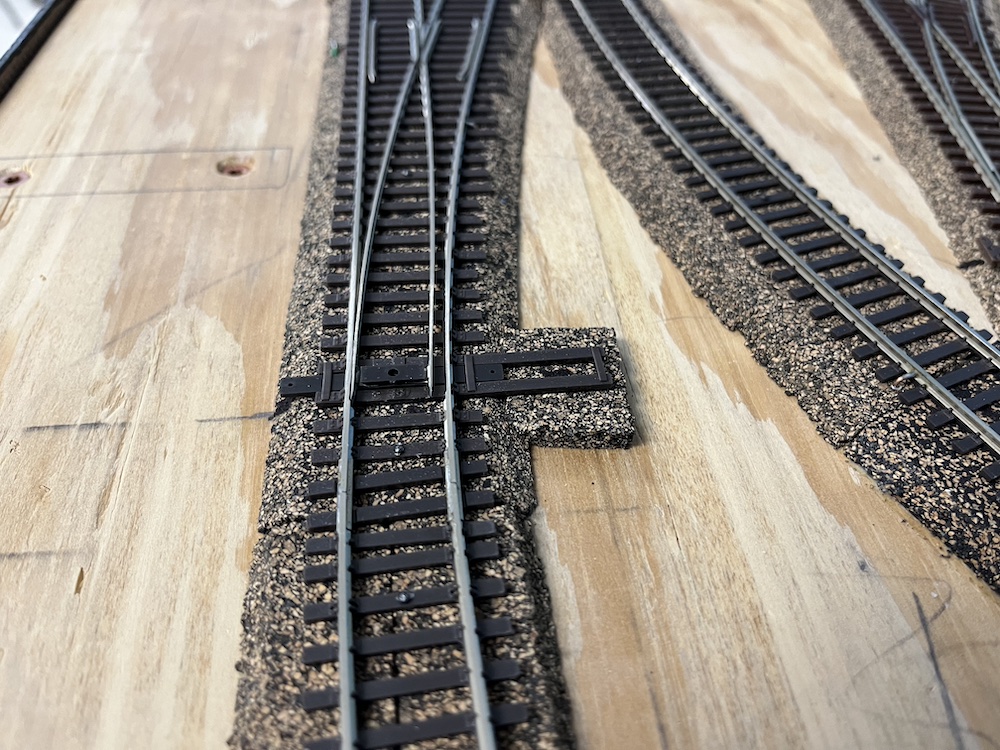
Learning how to install roadbed at a turnout, a place where tracks meet or diverge, is a valuable skill for all model railroaders to have. Installing strips of cork or foam roadbed for straight or curved tracks is a straightforward process. Mark the center line, split the roadbed sections into flexible strips, and glue them […]
Read More…
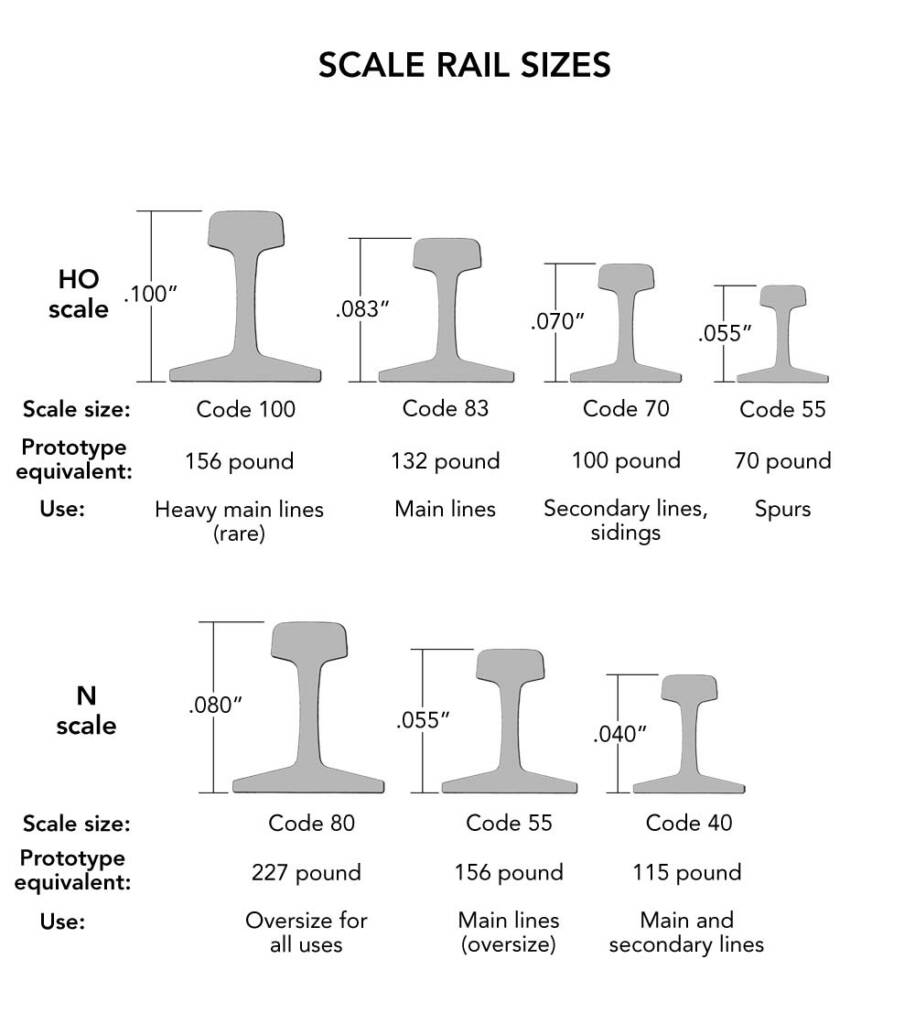
Track selection is among the first decisions you’ll have to make when you get started in model railroading, second only to scale. In HO (1:87.1), the two most commonly used track sizes are code 100 and code 83. “Code” refers to the height of the rail, measured in thousandths of an inch. For a lot […]
Read More…

Facts and features Name: Buffalo & PittsburghScale: N (1:160)Size: 27 x 31 feet plus 14 x 14 feetPrototype: Buffalo & PittsburghLocale: western New York and PennsylvaniaEra: 1988Style: multi-deck walk-inMainline run: 187 feetMinimum radius: 16″Minimum turnout: No. 5Maximum grade: 2.5%Benchwork: open grid and modularHeight: 44″ to 62″Roadbed: cork over plywood and extruded-foam insulation boardTrack: Atlas code […]
Read More…

Facts and features Name: NorthbrookScale: O gaugeSize: 29 x 36 feetPrototype: freelanceLocale: Northeast and Midwest U.S.Era: 1956Style: donutMainline run: 155 feetMinimum radius: 45″Minimum turnout: No. 5Maximum grade: noneBenchwork: open gridHeight: 42″Roadbed: corkTrack: Atlas O three-railScenery: painted extruded-foam insulation boardBackdrop: painted 1∕8” tempered hardboardControl: Lionel TMCC and Legacy; Sound Traxx Blunami Click the link to download […]
Read More…
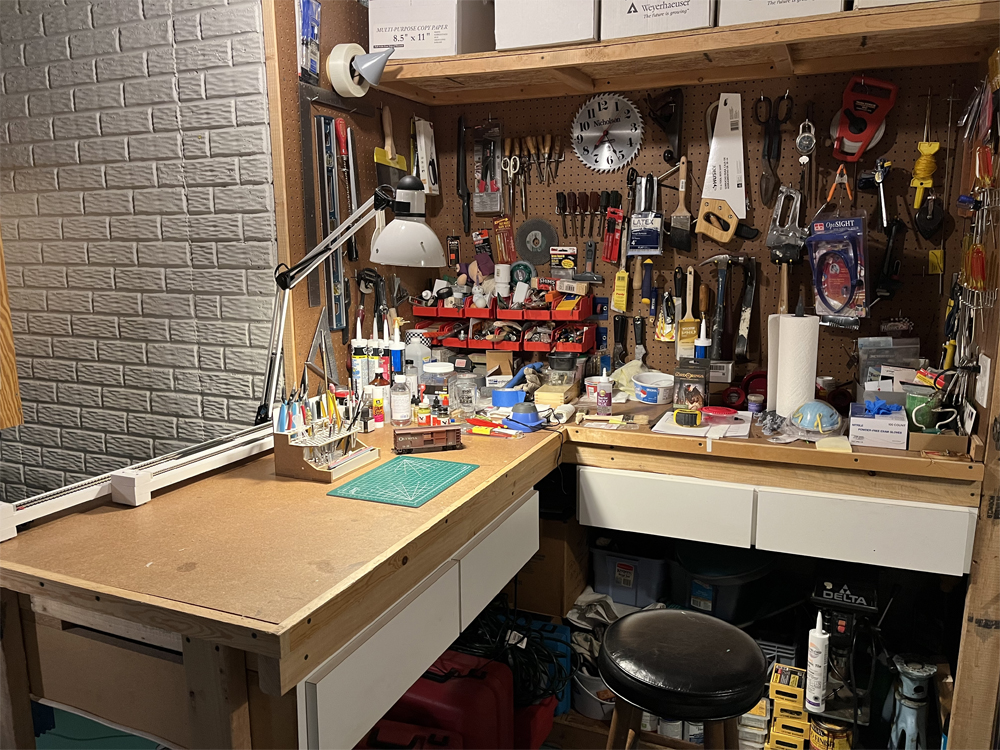
Q: Since Model Railroader has moved to a new location, have you given any thought to a video or magazine series on building a workbench? I’ve got to build a new one to fit my new train room and am looking for ideas. — Jim Burns A: Thanks for writing in, Jim. Our workshop space […]
Read More…
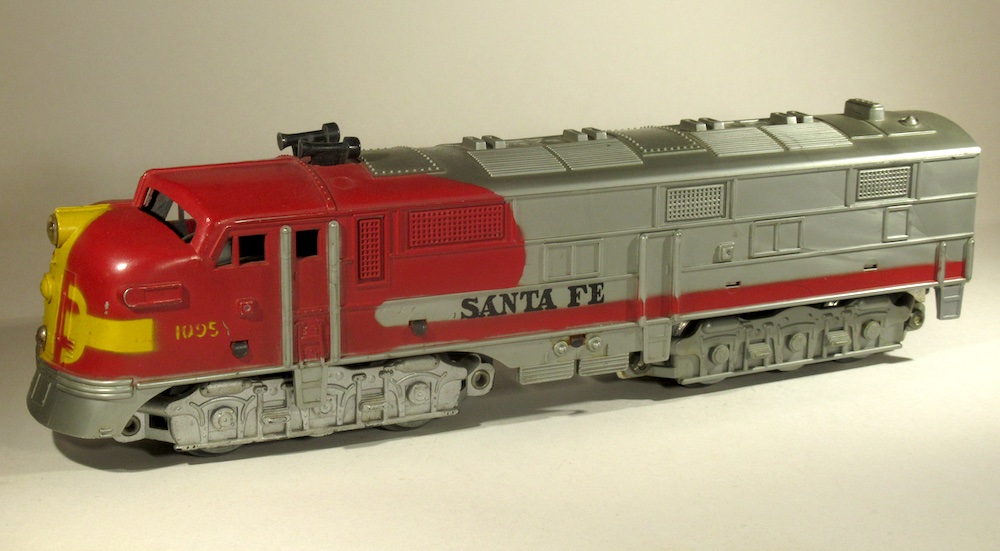
I’ve been collecting Marx since the 1990s. Growing up with American Flyer S gauge and Lionel, I had largely not gotten to know Marx. Eventually I started to take interest, especially in the plastic locomotives and cars. Plastic molding is something I like to look at and study. I did have a Marx plastic set […]
Read More…
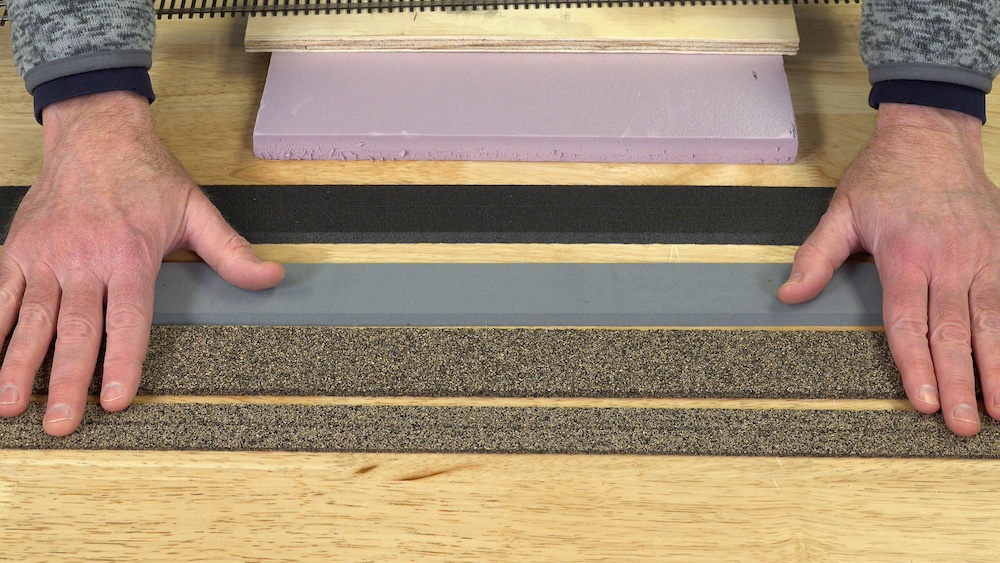
For model railroaders choosing a separately applied roadbed for laying track, two popular options dominate: cork and foam. Each has its own strengths and weaknesses, as well as impacting factors such as ease of installation, durability, and realism. Let’s dive into the details and help you make an informed decision on cork vs. foam roadbeds. […]
Read More…
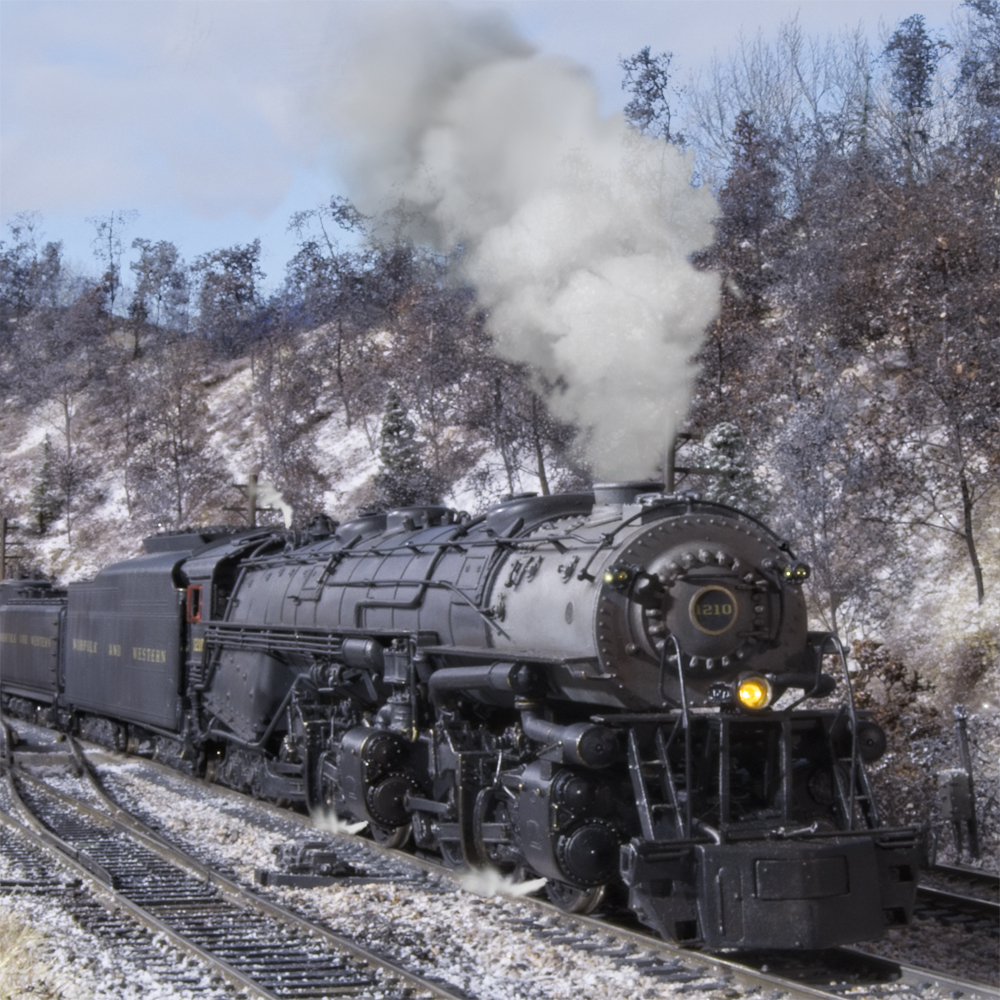
Back in 2010, I was part of a group of contributors to Scenery by the Seasons by Kalmbach Publishing Co. The 98-page book featured stories on modeling seasons on your layout. Among the topics covered were spring backdrops; lily pads, cattails, and pond scum; easy autumn trees; and ice and snow. Though the title is […]
Read More…
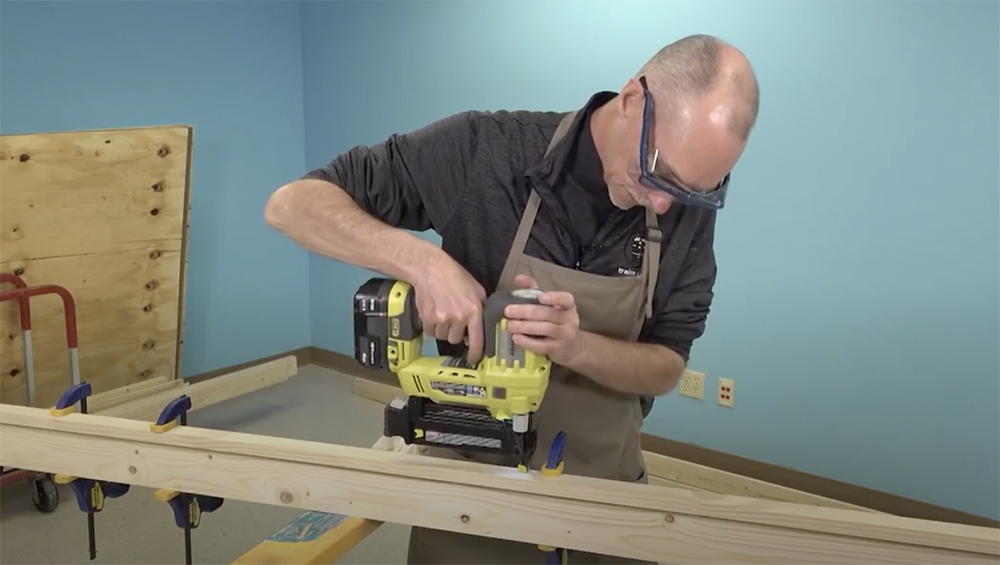
From tabletop, to shelf, to open grid, there are a lot of different methods you can use to build model railroad benchwork. For our HO scale East Troy Industrial Park project layout, we used a combination of two methods, cookie cutter and L-girder, to make solid, stable benchwork. While not exactly framing for a layout, […]
Read More…
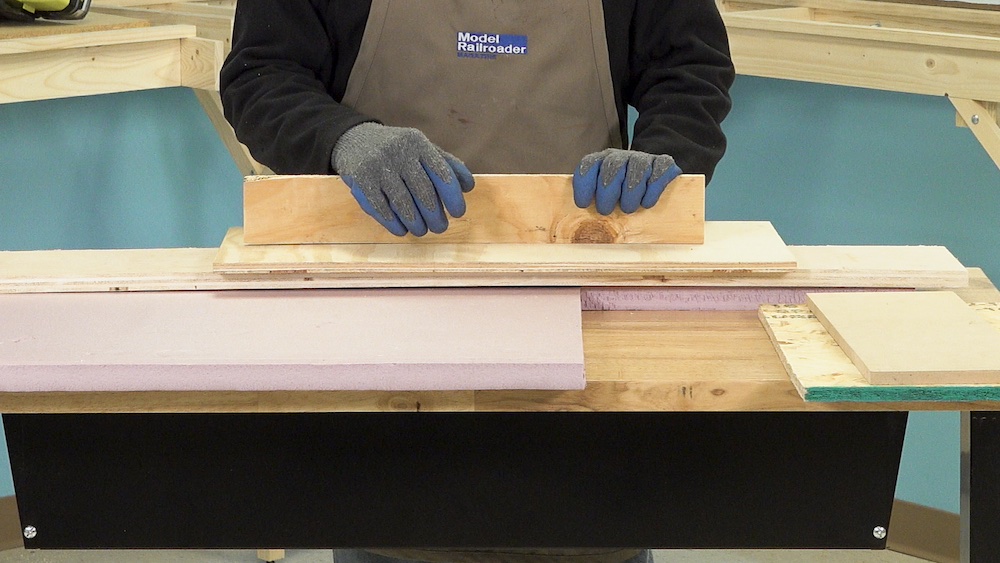
“Which type of subroadbed is right for me?” It’s a question that is especially asked by beginners. The subroadbed is the material that you place under your roadbed, track, and often scenery. It serves as the foundation for your model railroad, so choosing the correct material is very important. Before evaluating good subroadbed options, let’s […]
Read More…

When we moved to our new office in Brookfield, Wis., one of my favorite aspects of this new space was the workshop area. Not only do we have plenty of space for modeling and layout building, but we have just enough space for the Winston-Salem Southbound layout to sit next to our workbenches. One day […]
Read More…












